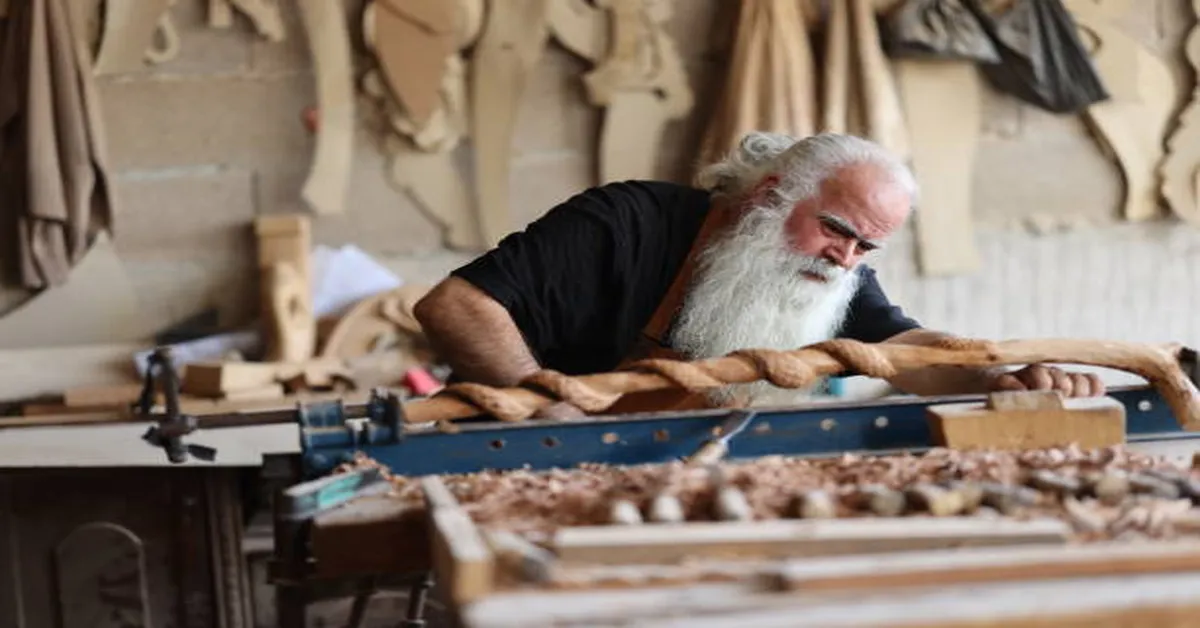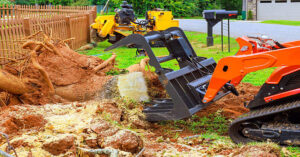In the quiet rhythm of hand planes and the scent of freshly milled oak, Abbey woodworking embodies both history and modern ingenuity. For centuries, abbeys across Europe were places where woodworking was not merely a trade but a form of devotion—crafting furniture, carvings, and architectural details that would stand for generations. Today, “Abbey woodworking” refers not only to the historic craft of monastic carpentry but also to the evolving artistry that continues to inspire woodworkers worldwide. Whether you’re a seasoned joiner, a weekend hobbyist, or simply someone drawn to the beauty of wood, understanding the essence of Abbey woodworking is to glimpse a craft that bridges the sacred and the practical.
Origins and Historical Roots
Abbey woodworking can be traced back to medieval monastic communities where carpentry served spiritual, functional, and economic purposes. Monks built everything from choir stalls to intricately carved altars, using local woods like oak, ash, and walnut. These abbeys often became training grounds, passing woodworking knowledge down through apprenticeships.
Monks didn’t just work in isolation; they became part of a larger woodworking network, trading techniques and patterns with other religious houses. In many cases, abbey workshops developed unique regional styles—an oak chest from an English abbey might differ markedly from a walnut cabinet made in an Italian monastery.
Characteristics of Abbey Woodworking
Abbey woodworking is instantly recognizable for its balance of simplicity and detail. Some key characteristics include:
- Sturdy Joinery – Mortise-and-tenon joints, dovetails, and wooden pegs were common, ensuring durability without modern adhesives.
- Natural Finishes – Oils, waxes, and natural resins preserved the wood while showcasing its grain.
- Functional Aesthetics – Even the most decorative pieces served a purpose, whether as storage, seating, or structural elements.
- Religious Symbolism – Carvings often included crosses, vines, and biblical motifs, blending art with spiritual meaning.
Materials: Then and Now
In medieval times, abbeys used timber from nearby forests. Oak was prized for its strength and resistance to insects, while yew and chestnut found use in specific regional applications. Today, modern Abbey woodworking blends these traditional woods with sustainably sourced species from around the world.
Common Woods in Abbey Work
| Wood Type | Historical Use | Modern Adaptation |
|---|---|---|
| Oak | Structural beams, furniture, doors | Heritage-style furniture, paneling |
| Walnut | Fine carving, decorative panels | Custom cabinetry, musical instruments |
| Ash | Tool handles, seating | Contemporary furniture, turned bowls |
| Pine | Interior fittings, lightweight furniture | Painted or rustic furniture |
Tools of the Trade
The earliest abbey workshops relied on hand tools—adzes, chisels, mallets, and hand saws. Each tool was maintained meticulously, often passed down through generations. While modern Abbey woodworking still respects these tools, it also embraces precision machinery, CNC routers, and laser etching, allowing for both traditional and experimental designs.
- Hand Planes – For smoothing and shaping surfaces.
- Braces and Bits – Manual drilling tools before the advent of power drills.
- Mallets and Chisels – For joinery and carving.
- Frame Saws – Used for resawing and cutting curves.
Techniques and Craftsmanship
Abbey woodworking was not about speed—it was about perfection. Pieces could take months or even years to complete. Techniques such as relief carving, inlay work, and complex joinery showcased a mastery that went beyond functional needs.
Hallmark Techniques:
- Relief Carving – Creating depth and dimension in flat panels.
- Marquetry and Inlay – Decorative veneers using contrasting woods.
- Hand-Cut Joinery – Precision cuts that lock without nails.
- Finishing with Natural Oils – Enhances grain while protecting wood.
The Influence on Modern Woodworking
Today, the principles of Abbey woodworking—durability, functionality, and beauty—continue to influence artisans. Furniture makers, restoration specialists, and even interior designers draw inspiration from abbey pieces for their timeless appeal. Modern practitioners may blend old-world techniques with minimalist Scandinavian aesthetics or contemporary architectural lines.
Sustainability and Ethical Craft
In a time when mass-produced furniture dominates, Abbey woodworking offers an antidote: a commitment to quality and environmental stewardship. Many modern woodworkers adopt sustainable forestry practices, reclaimed timber, and non-toxic finishes, echoing the resource-conscious ethos of the original abbey workshops.
Notable Modern Abbey Woodworking Projects
- Heritage Restorations – Restoring centuries-old choir stalls or monastery gates using historically accurate methods.
- Custom Ecclesiastical Furniture – New pieces for churches that honor traditional styles.
- Private Commissions – Dining tables, cabinetry, and doors inspired by monastic aesthetics.
Tips for Beginners Interested in Abbey Woodworking
- Start Small – Try making a simple oak stool or small carved panel.
- Learn Hand Tool Skills – Hand planes, chisels, and saws give you a feel for the material.
- Study Historic Designs – Museums, books, and abbey tours offer visual references.
- Choose Quality Materials – Select hardwoods for authenticity and durability.
- Practice Patience – This craft rewards those who value time and attention to detail.
The Cultural Legacy
Abbey woodworking is more than a style—it’s a cultural heritage that reflects centuries of human creativity, devotion, and skill. The pieces that survive today are not just furniture; they are historical documents, bearing witness to the lives and beliefs of their makers.
Looking Ahead: The Future of Abbey Woodworking
As digital fabrication tools become more accessible, Abbey woodworking faces a choice: cling to its purely manual roots or embrace technology as another tool in the craftsman’s kit. The most exciting developments seem to happen when old and new meet—laser-etched carvings on hand-planed boards, for example, or 3D-printed templates for traditional joinery.
One thing is certain: the values that define Abbey woodworking—patience, skill, respect for materials—are timeless. They will continue to resonate with anyone who seeks meaning in the things we make.
ALSO READ: Complete Informative Guide on the Manual Cup
Frequently Asked Questions
1. What makes Abbey woodworking unique compared to other woodworking styles?
Abbey woodworking stands out for its blend of utility, spiritual symbolism, and meticulous craftsmanship rooted in centuries-old monastic traditions.
2. Can I learn Abbey woodworking without formal training?
Yes, many enthusiasts start with books, online tutorials, and practice on small projects before advancing to more complex designs.
3. What tools are essential for starting Abbey woodworking?
A quality set of chisels, a hand plane, a saw, and measuring tools are a solid starting point.
4. Is Abbey woodworking relevant in modern design?
Absolutely. Its focus on durability and aesthetic simplicity makes it compatible with many contemporary styles.
5. Where can I see examples of authentic Abbey woodworking?
Historic abbeys, cathedrals, and museums often display original pieces, and some offer guided tours highlighting the craft.









